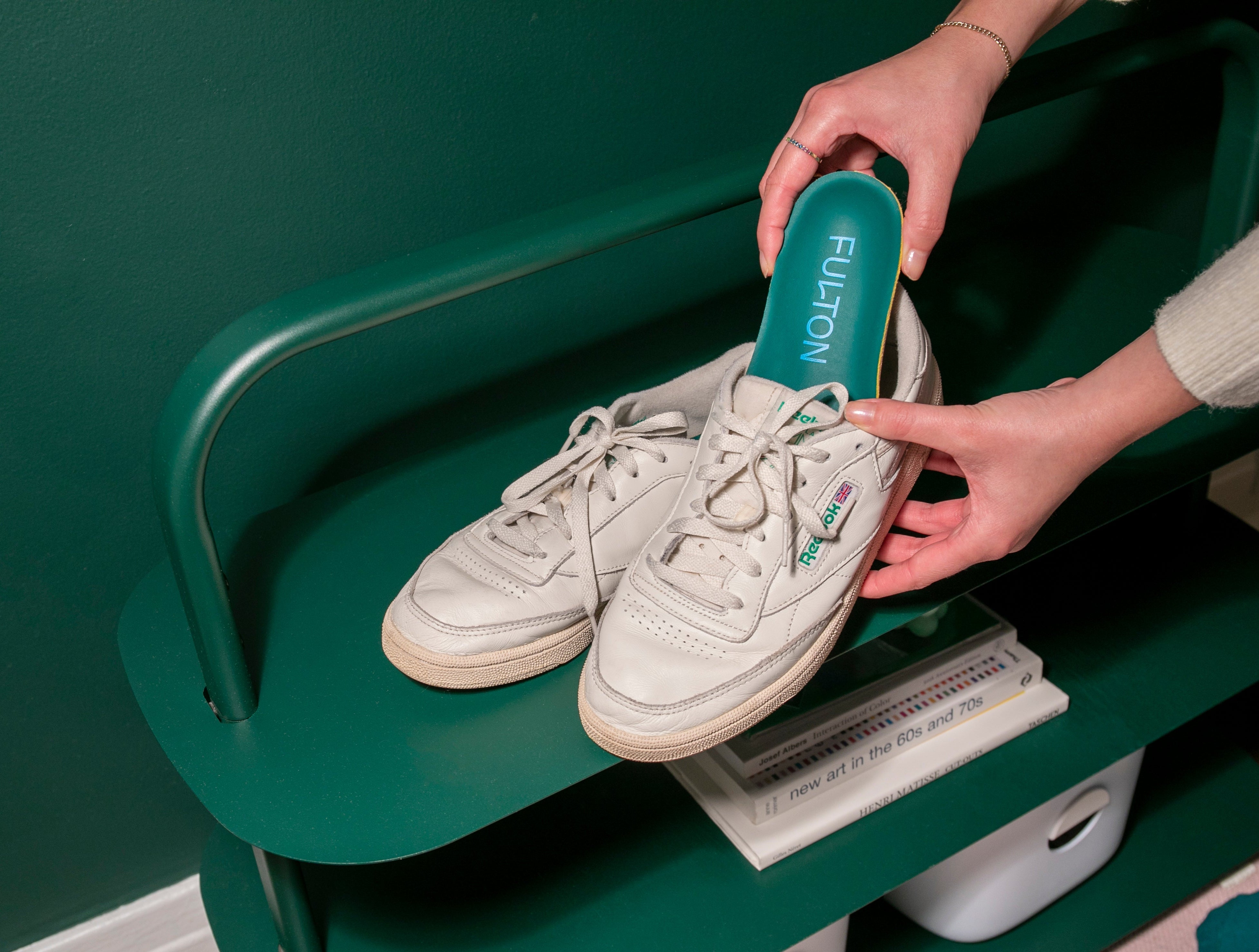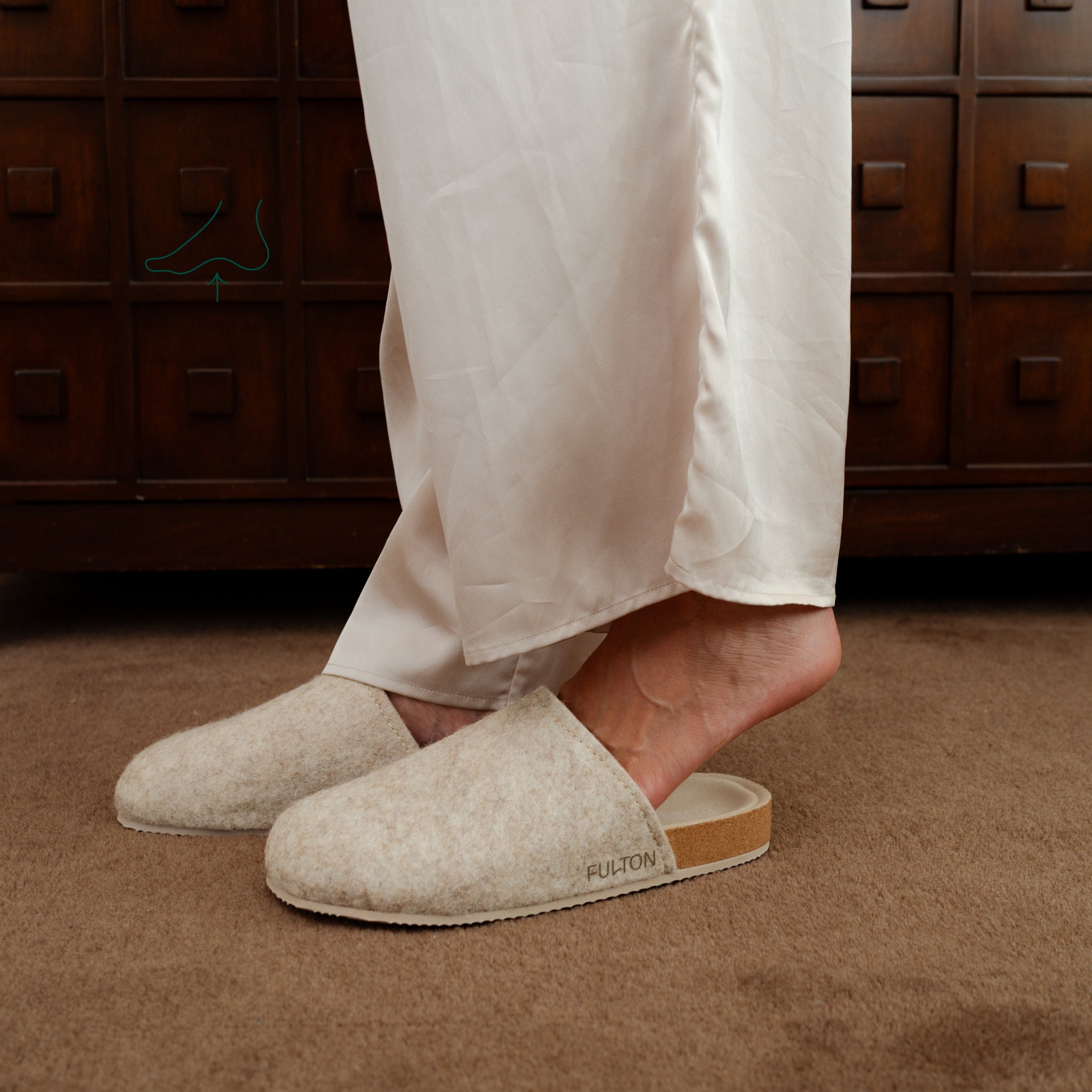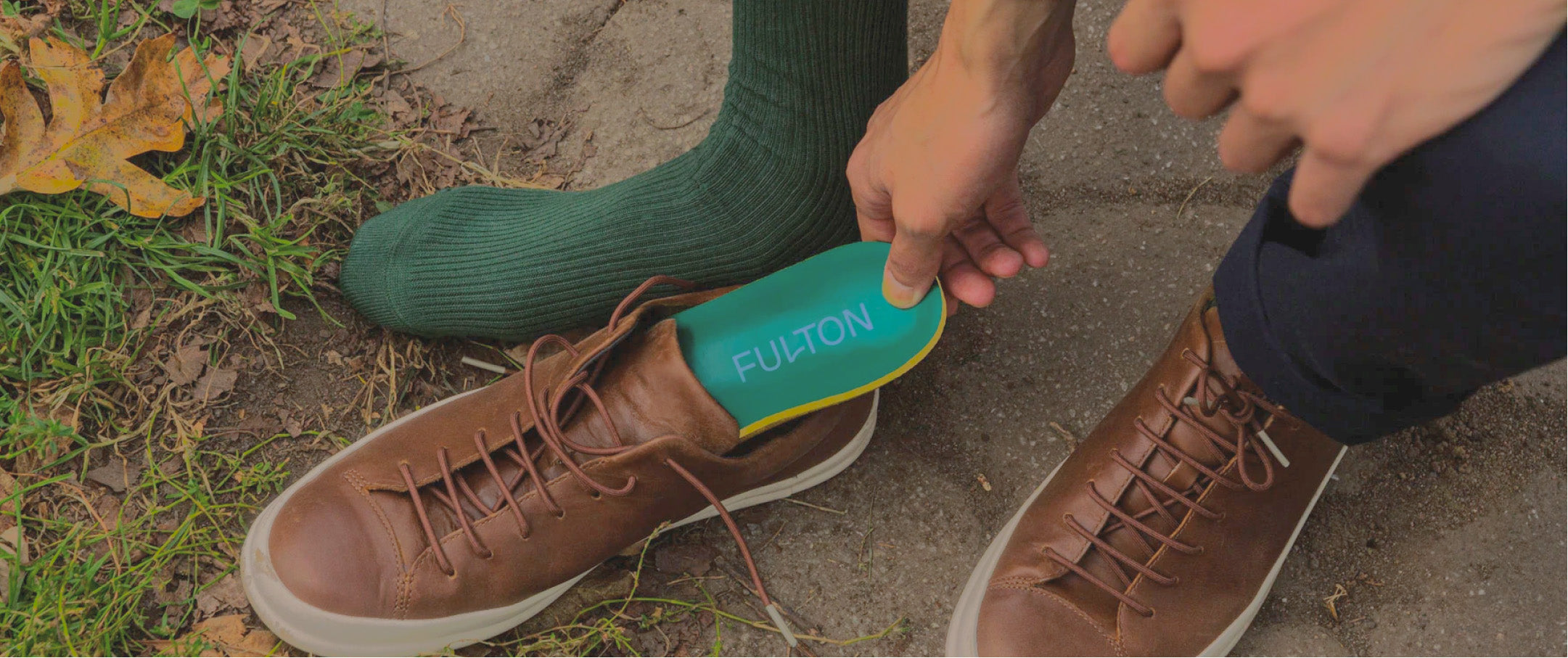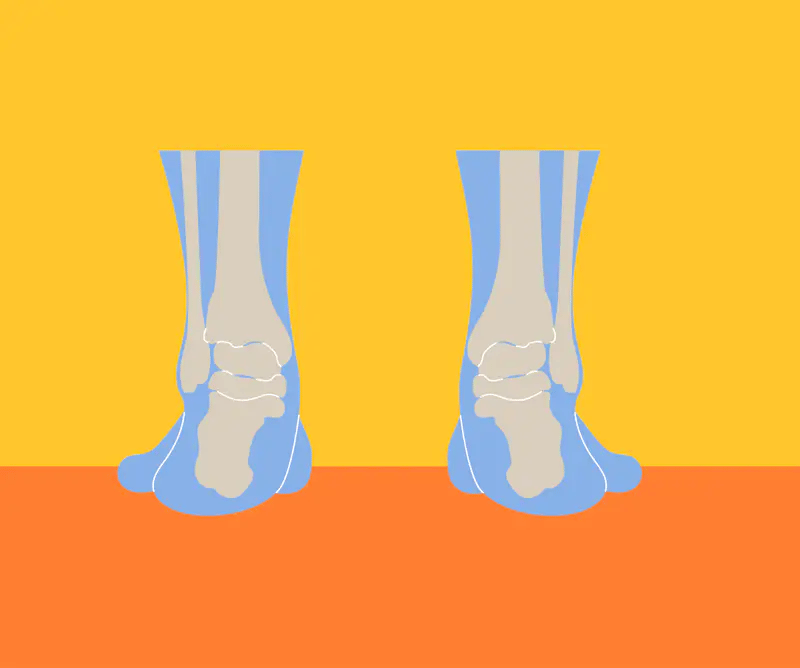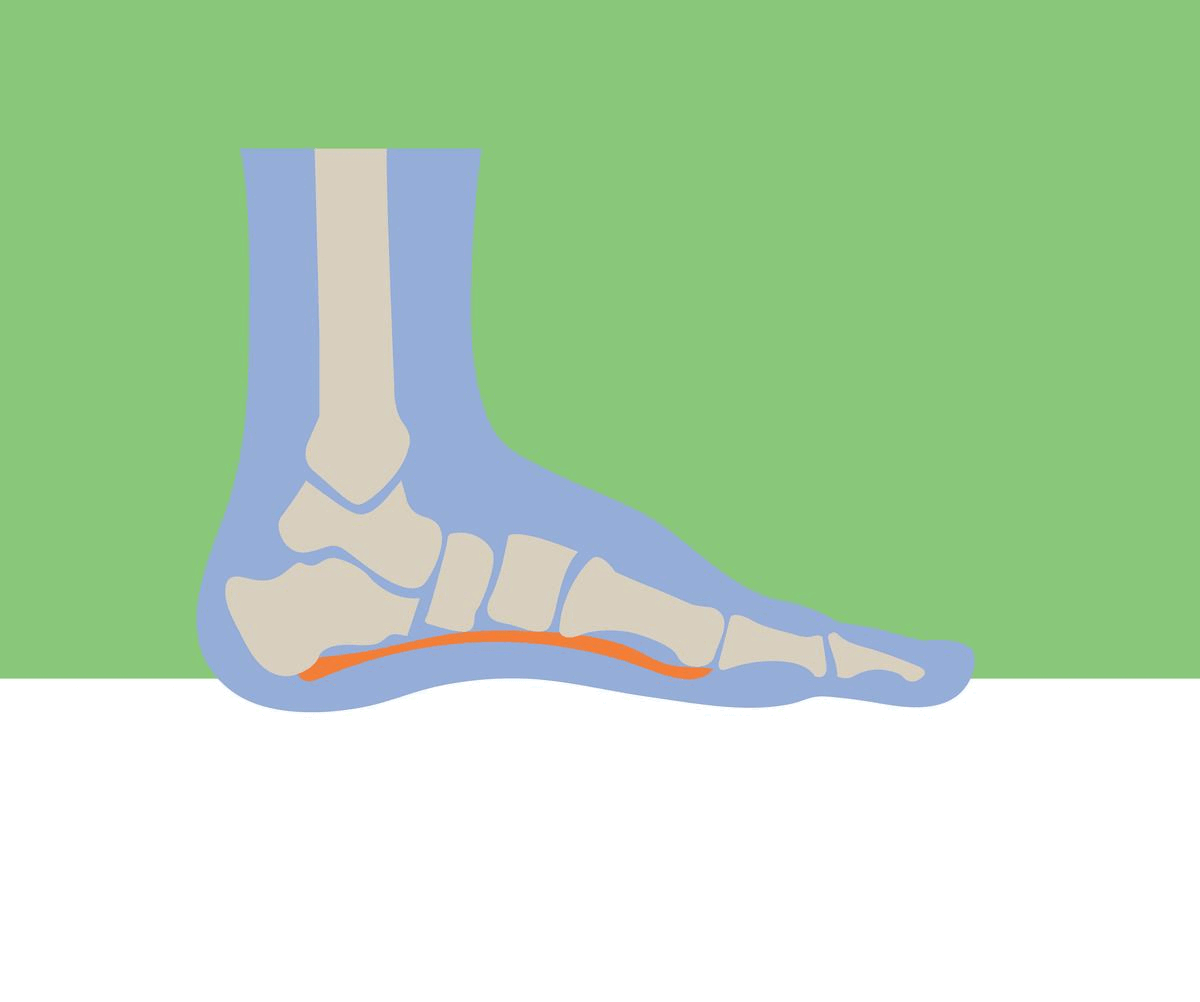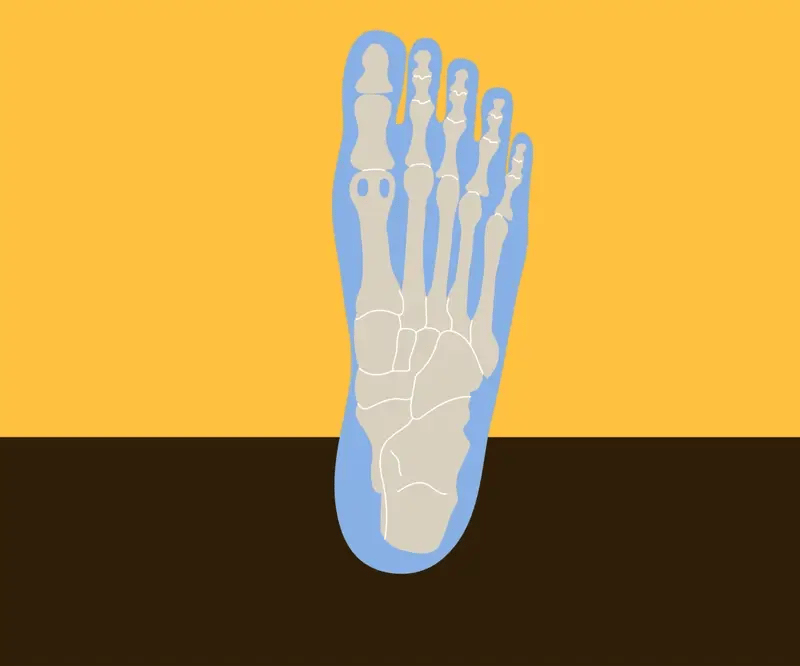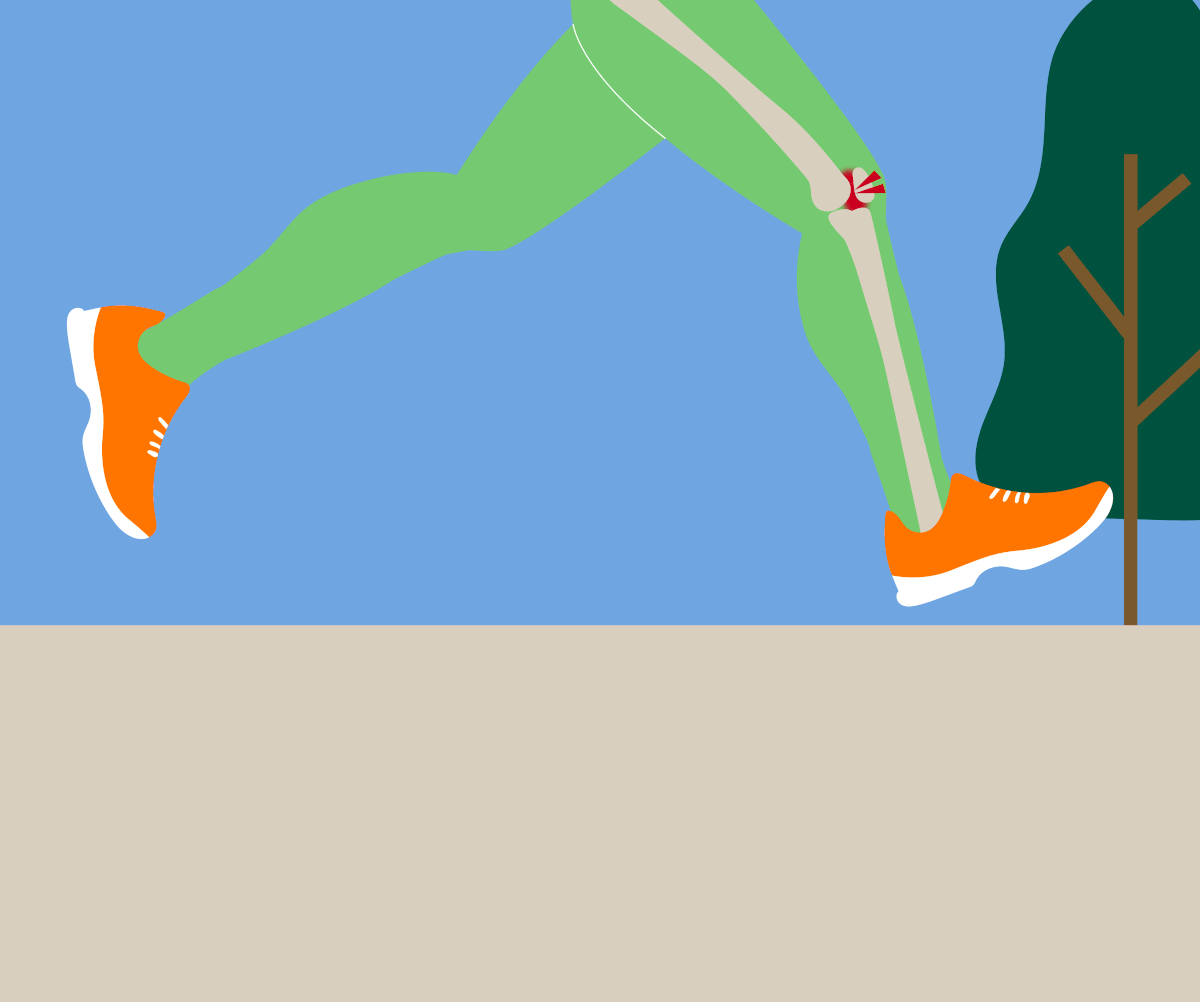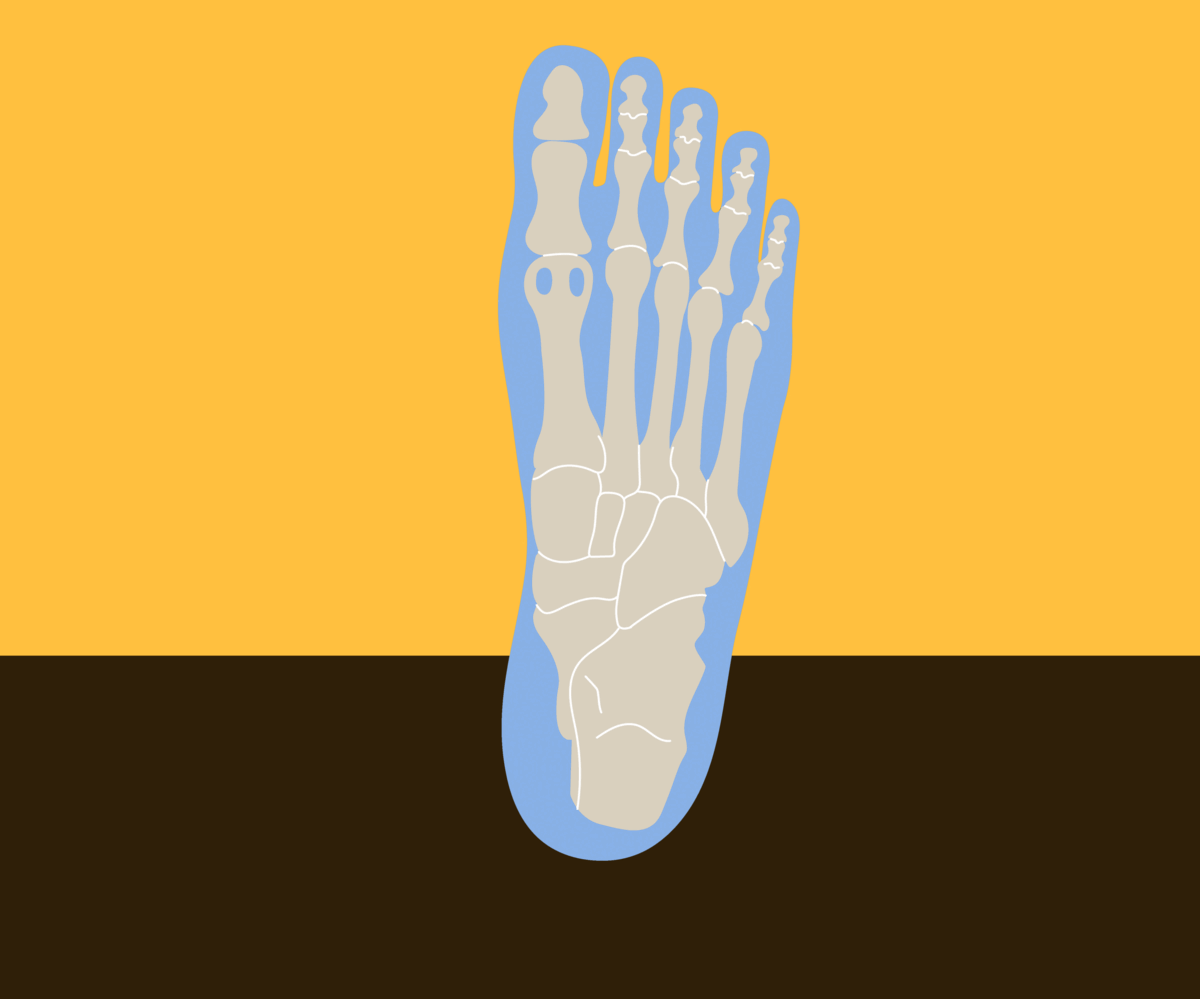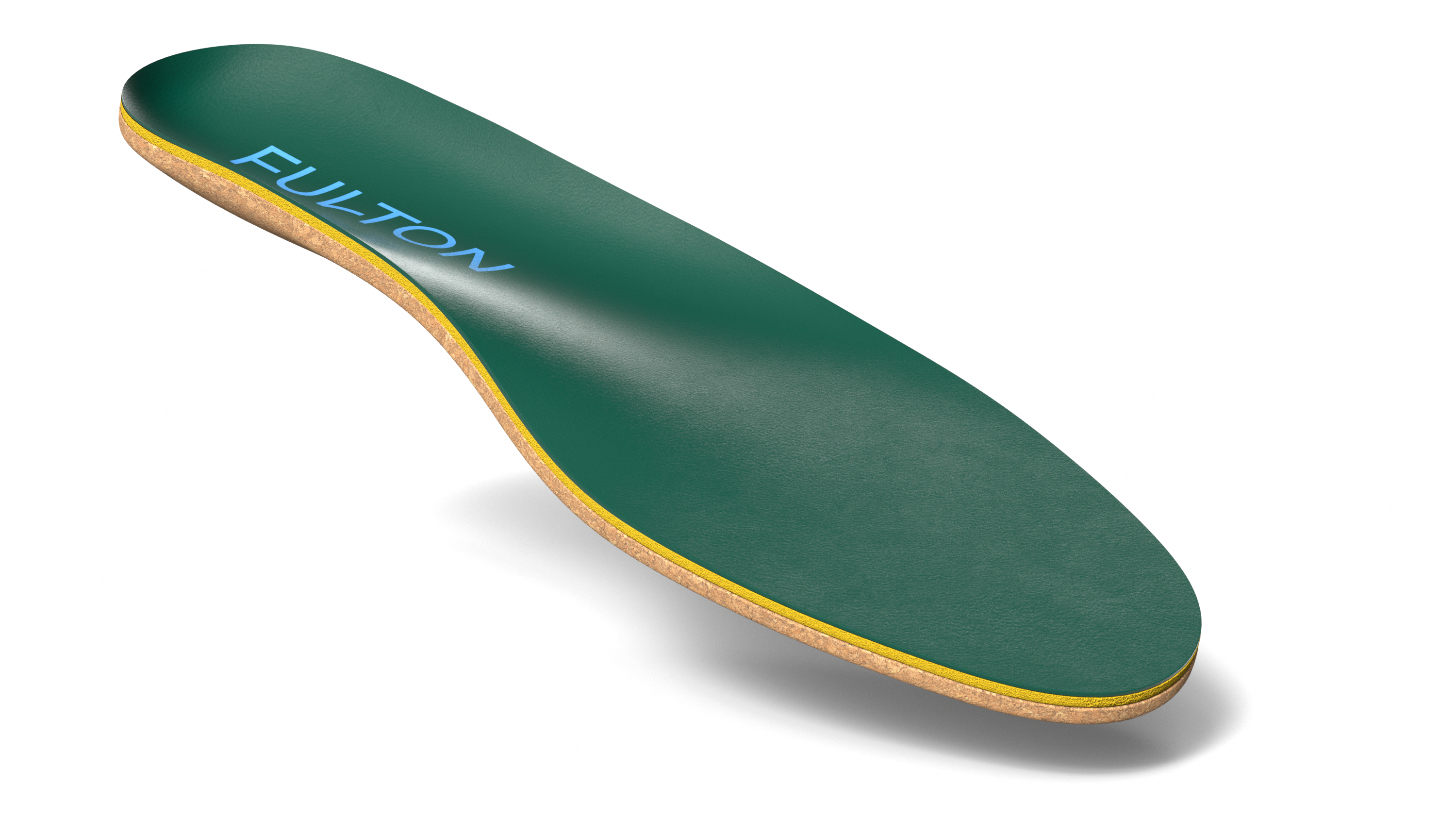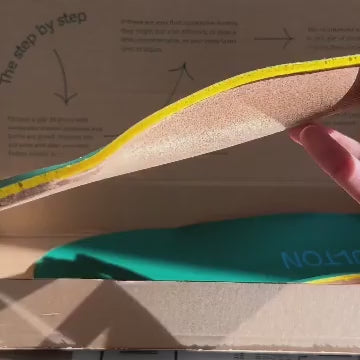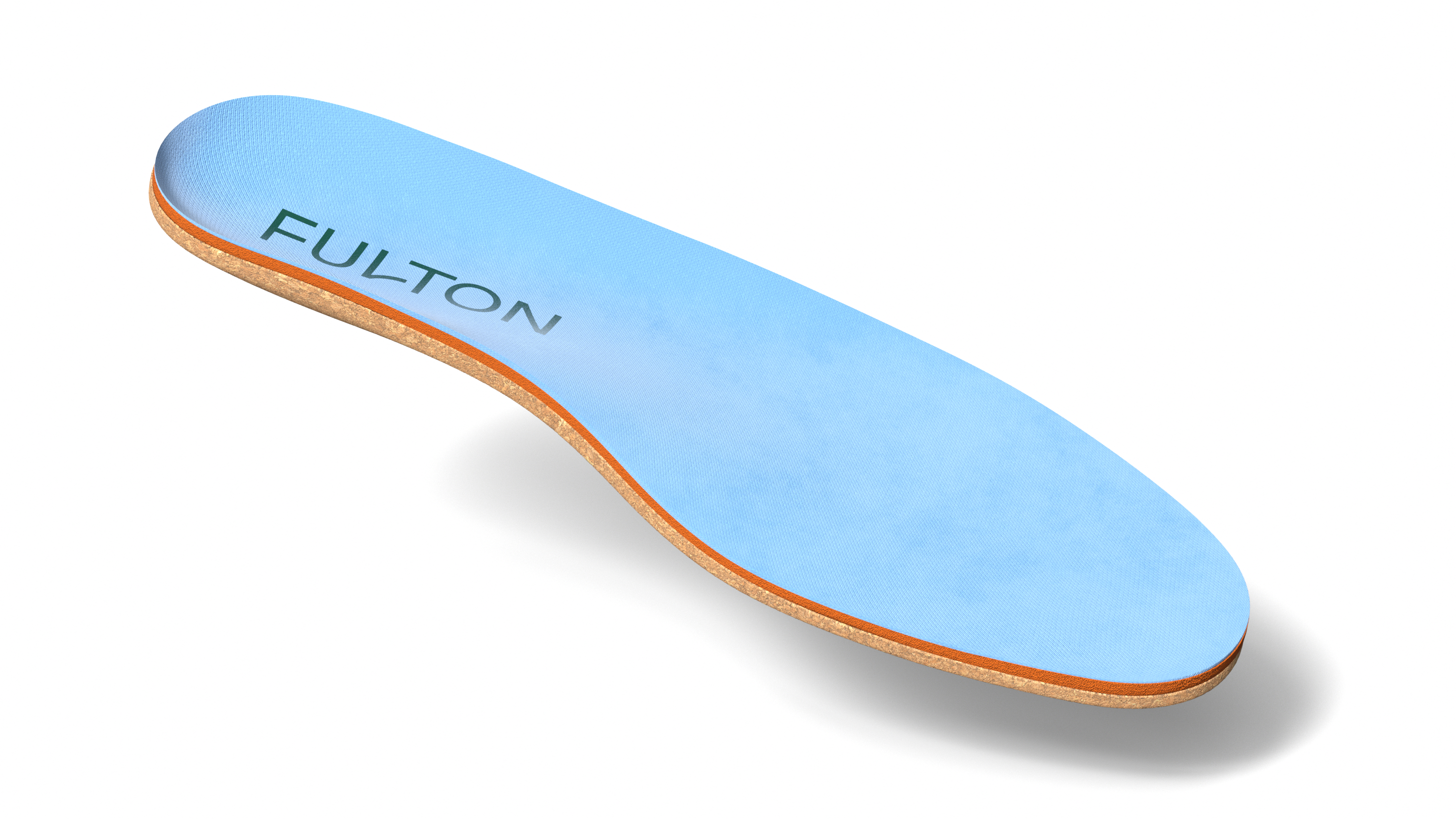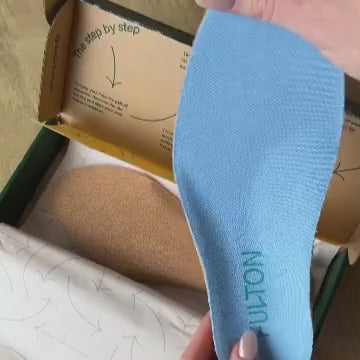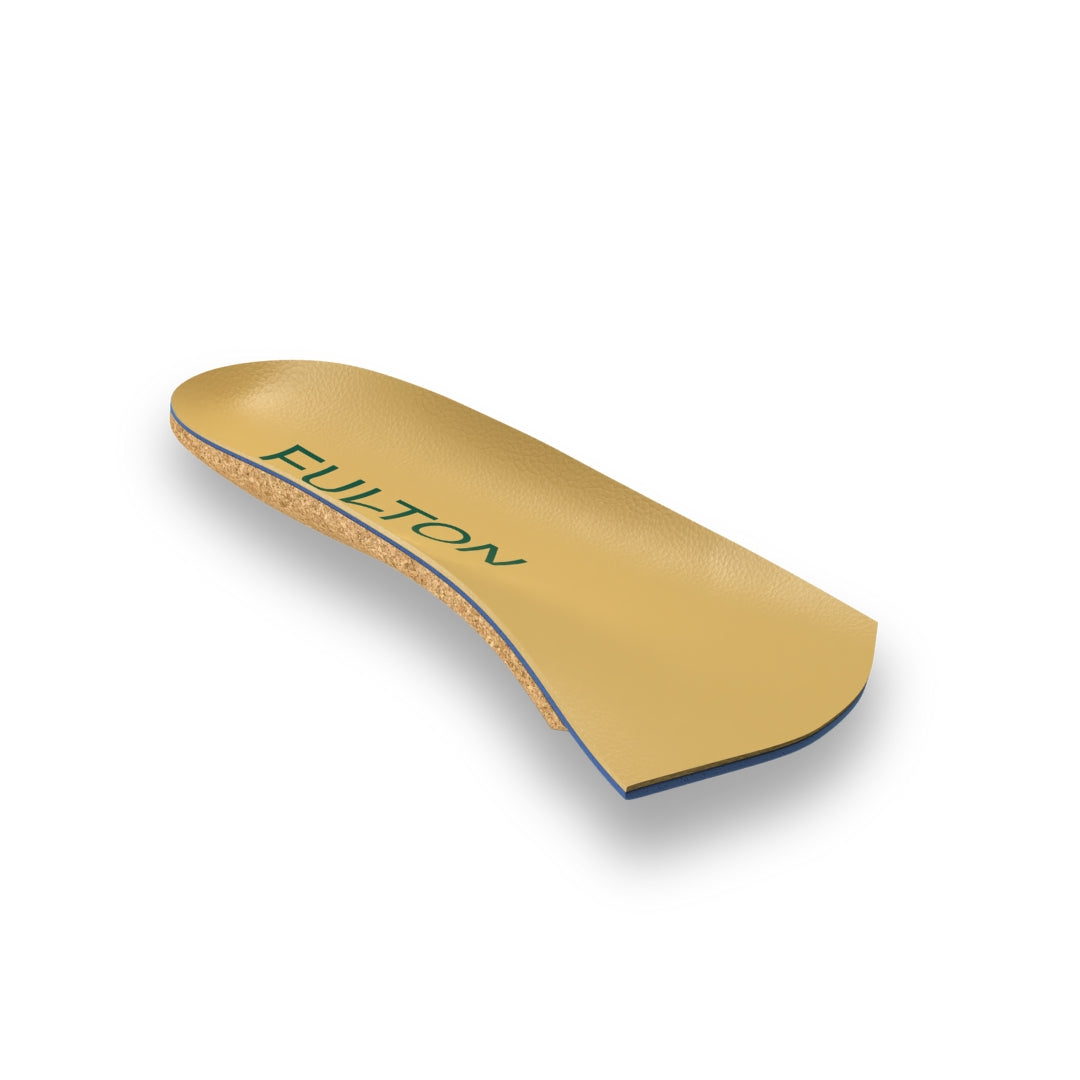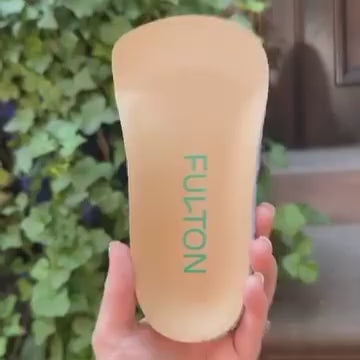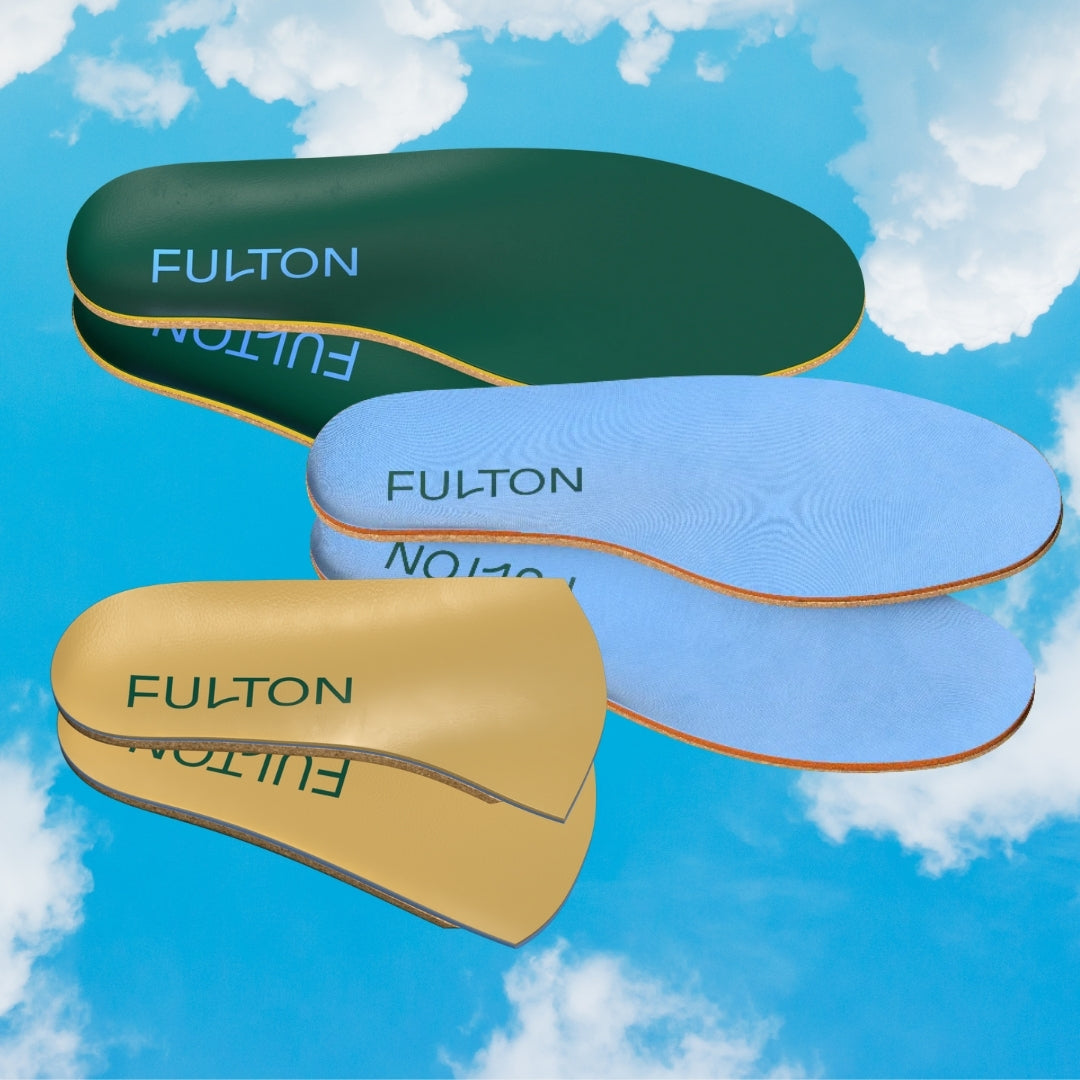What is runner's knee?
Runner's knee, or patellofemoral pain syndrome, is a common injury within the running community characterized by inflammation on top, around, or behind the kneecap. There are a number of reasons that can cause it, but knee pain induced by running is often given this blanket title.
Symptoms of runner's knee
Aside from pain, you'll often experience a rubbing, grinding, or clicking sensation of the knee joint. This can be constant or triggered by certain exercises or movements – such as walking, squatting, kneeling, running, or even getting up from a seated position and flexing your knee.
Causes of runner's knee
Overuse:
Too many miles, either too soon in the training process or with inadequate recovery time, can cause inflammation in the knee area as well as in the iliotibial band. Running on surfaces like concrete which result in higher impact can also contribute to runner's knee.
Impact to the knee:
A fall, or an object falling onto the knee, can inflame the tissue around the kneecap.
Bone misalignment:
In some cases, there is a biomechanical issue where the bones, tissues, and/or cartilage are poorly aligned. A doctor can confirm this with an X-Ray.
Having weak or unbalanced thigh muscles:
This can put disproportionate impact and pressure on the knee.
Wearing unsupportive shoes:
Wearing shoes without proper arch support can result in instability as you run, which can cause overpronation, supination, and general misaligment which can result in runner's knee
Chondromalacia patella:
With this condition, cartilage under the kneecap breaks down. The kneecap will begin to rub against the thigh bone, causing discomfort and pain around the knee area.
Problems with your feet:
Problems like hypermobile feet (when the joints in and around them move more than they should), fallen arches (flat feet), or overpronation (which means your foot rolls down and inward when you step). These often change the way you walk, which can lead to knee pain.
Stretches for Runner’s Knee
Stretching is a great way to speed up healing once the swelling has somewhat subsided. This helps to elongate the affected muscles and ligaments and speed up healing. Listed below are a few runners knee stretches that could aid in speeding up the healing process and prevent runner's knee from occurring to begin with.
IT Band Stretch
Stand with one foot crossed over the other. Raise your hand over your head while keeping the other hand on your hip for support. Slowly lean until you feel a stretch, holding for 30 seconds, and then releasing. Repeat 2-3 times per side.
Standing Quad Stretch
While standing, bend one leg, grab that heel, then pull it towards your glutes. Bring the foot as close to your body as you can without causing pain. Remain upright, trying not to lean forward. Repeat this exercise on both legs, performing the exercise 2-3 times for about 30 seconds per rep.
Hamstring Stretch
Lie on your back and extend your left leg in front of you out on the floor or mat. Slightly bend your right leg and wrap your hands behind your right thigh. Begin to pull your right leg toward you gradually. You should feel a stretch in the back of your thigh and in your hip flexors. Pull your leg as close to you as you can, aiming to keep it as straight as possible and your heel flexed and toward the ceiling.
Hold for 30 seconds, then switch to your opposite side. Repeat 3 times per leg.
Straight leg raise/lift
For this exercise, lie on your back, keeping one leg bent at a 90-degree angle and the other extended flat on the floor. Engage the quads with the extended leg, raising it until it is parallel to the bent leg (about 45 degrees.) Slowly lower the leg back to the floor, and repeat about 15 times starting with the left foot, then right foot, performing 2-3 sets.
Exercises for Runner’s Knee
This is also a great time to implement specific exercises for runner's knee. Knee exercises for runners, such as step-ups, forward lunges, and clamshells, can help to strengthen the surrounding muscles and take impact off of the knee. Listed below are some at-home exercises to strengthen the knee and the surrounding muscles.
Clamshell
With or without a resistance band wrapped around your lower thighs, lie on your side while keeping your knees bent and legs stacked. Keeping your heels together, slowly open your top leg towards the ceiling to create a “clam” shape. Hold for two seconds before slowly lowering the leg and returning to the starting position. Perform this exercise 15 times for 2-3 reps.
Wall slide/sits
Stand with your back against the wall. Keeping your feet about shoulder width apart and about 6 inches above the hips, gradually slide your hips down the wall until your knees are at a 45-degree angle. Hold for about 5 seconds before standing back up. Perform this exercise 10-15 times for 2-3 reps.
Bridge kick
Lie on your back, bend your knees towards the ceiling and keep your arms at your sides. Lift one leg at a 45 degree angle before sending your hips and back off of the floor. Try not to lock your knee, then send the foot back down slowly before repeating this exercise on the other leg. Repeat this exercise 6-10 times per set for 2-3 sets.
Step-up
Place a step or stool in front of you, and then place one leg atop the surface. Press all of your weight into the elevated leg, stepping up off of the floor. Hold for a few seconds before stepping back onto the floor. Repeat this exercise 10 times per leg for 2 sets.
Donkey kick
Get on all fours, cushioning your knees with an exercise mat or towel. Slowly lift one leg and extend it behind you, keeping your arms, knees, and wrists as straight as possible. Press your heel up towards the ceiling before lowering it back down. Repeat 10 times per leg for 2 sets.
Exercises to avoid
Deep squatting, excessive stair climbing, and hopping should all be avoided during the healing process, as these put extra strain on the knee.
Treatments for runner's knee
- Rest is the top treatment option for runner's knee. It's the best way to lower inflammation in the area, so you can begin to streamline the healing process with other techniques.
- Once you've adequately rested, icing the affected area can help to lower inflammation and swelling. Begin with 20 minutes on, 20 minutes off pattern with an ice pack, until swelling goes down.
- Using supportive insoles can help in maintaining structural alignment and prevent further damage to the knee or surrounding areas. Insoles like Fulton insoles custom mold to align your body and prevent the onset of runner’s knee by stabilizing your ankle and absorbing shock and impact.
- Using a compression sleeve or brace can immobilize the area and promote healing without exacerbating inflammation.
- Using NSAIDs (non-steroidal anti-inflammatory drugs) can help manage pain. This shouldn't be used as a way to mask the pain and continue the activity, but it can make the healing process more manageable.
Signs of healing
After implementing these exercises and treatment techniques, there are some signs of healing that you should be on the lookout for.
- Being able to straighten and bend the knee fully
- Feeling no pain when performing the activities that once caused pain
- The knee is as strong as the uninjured knee
Runner's knee can be frustrating, but we hope that these treatments and exercises help to streamline the healing process and get back to running pain-free. If pain persists for more than two months, it might be best to seek guidance from a doctor of physical therapist.


